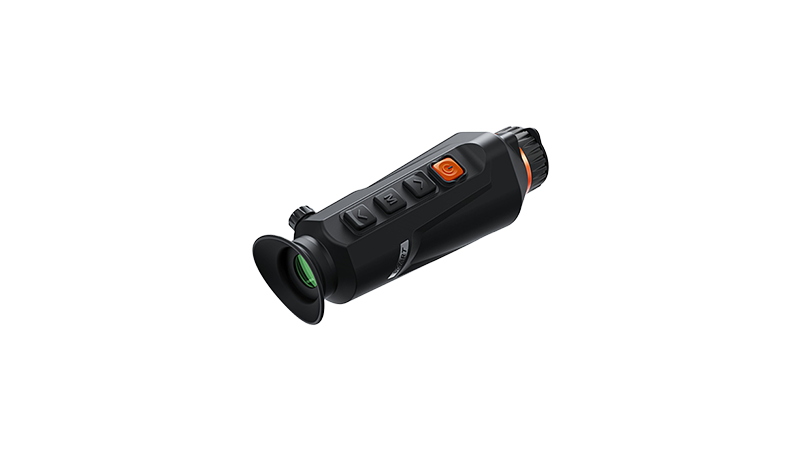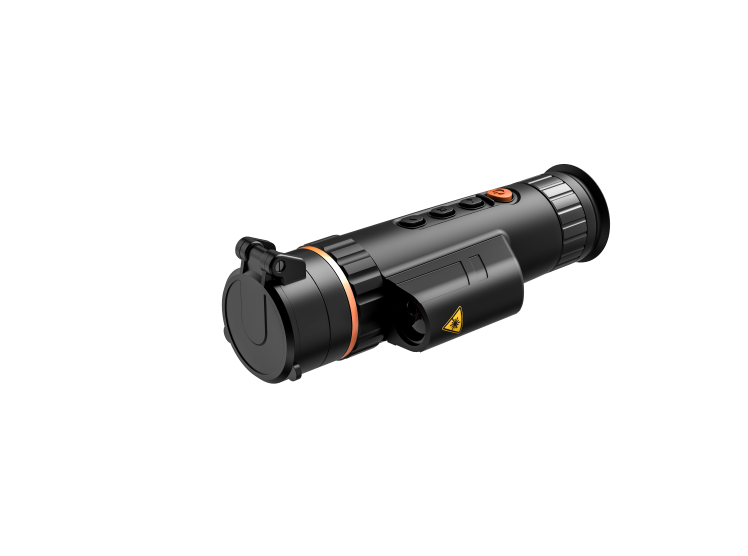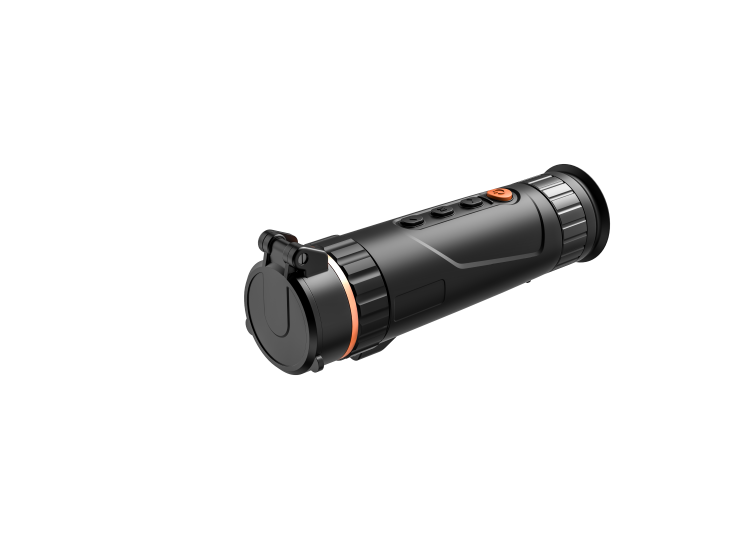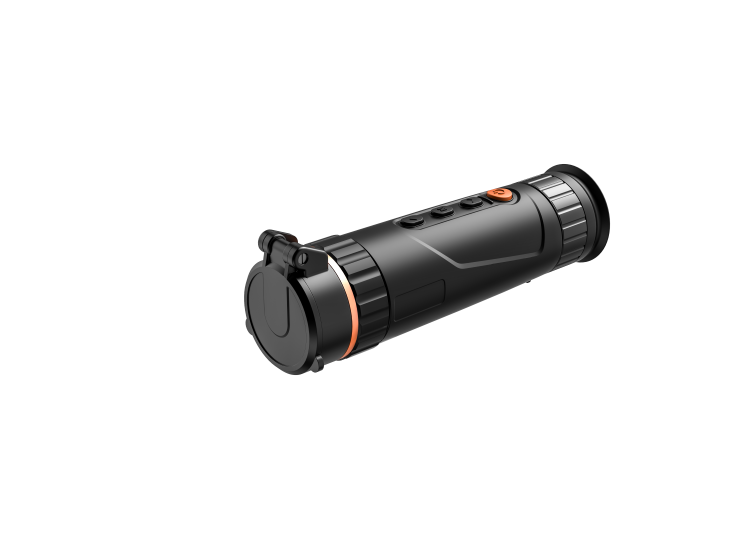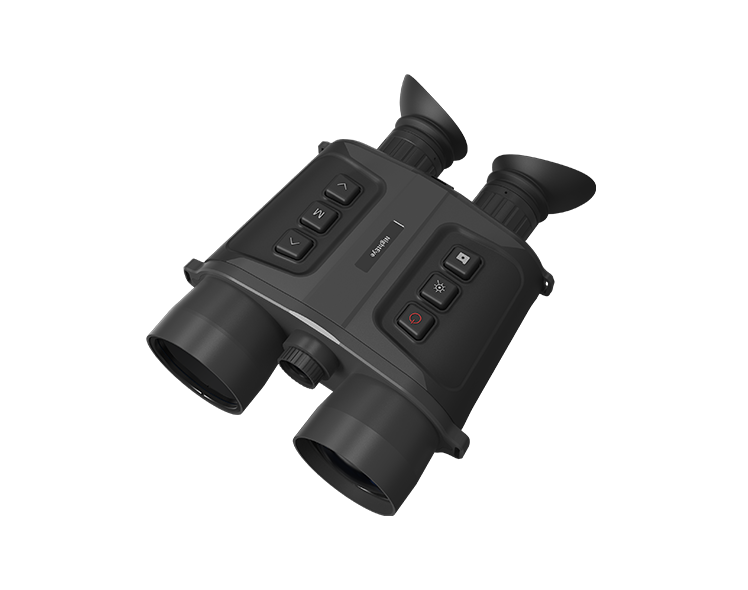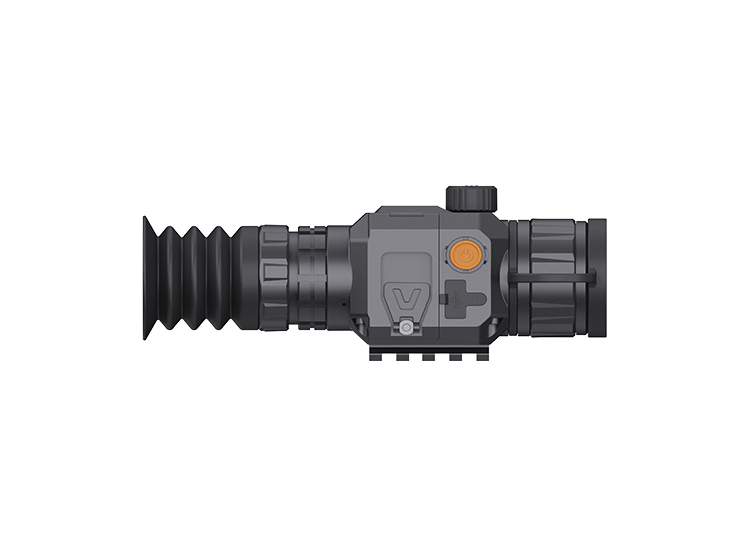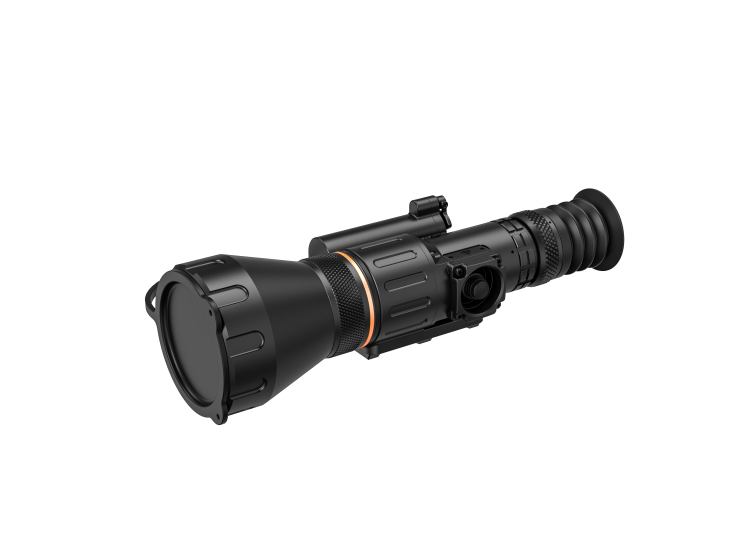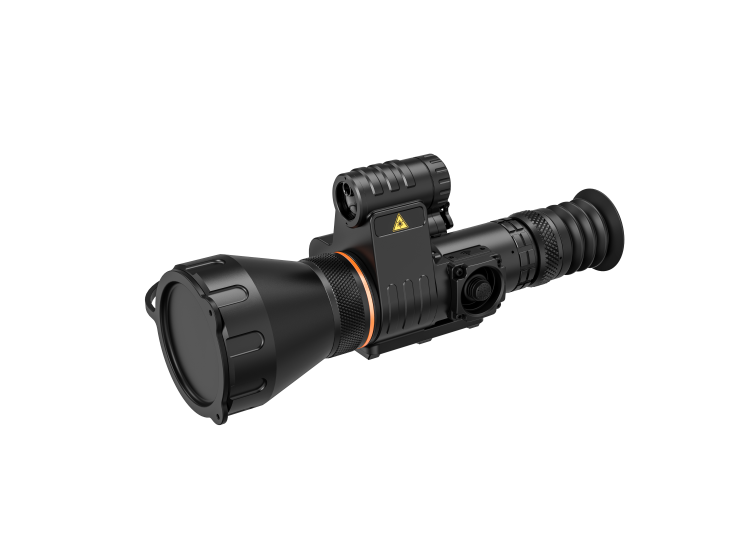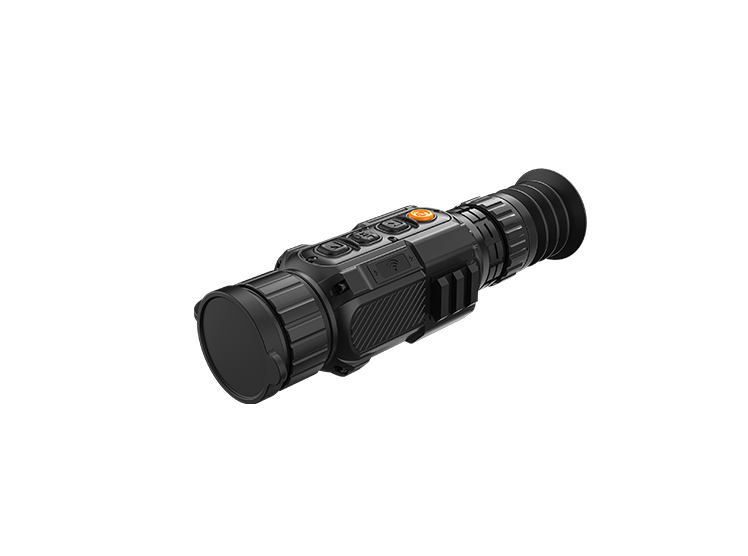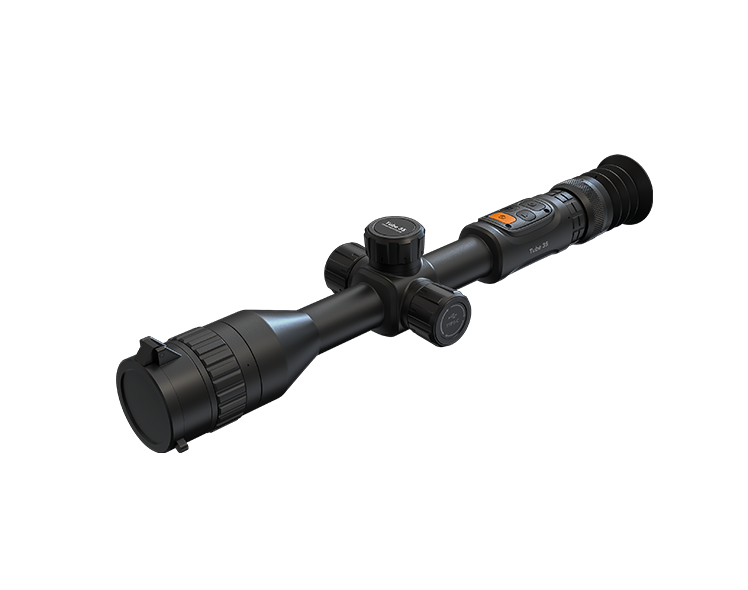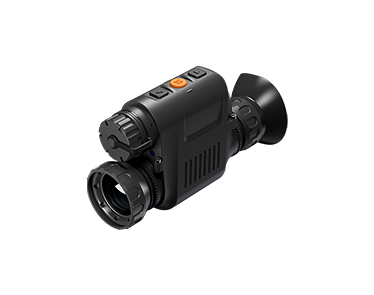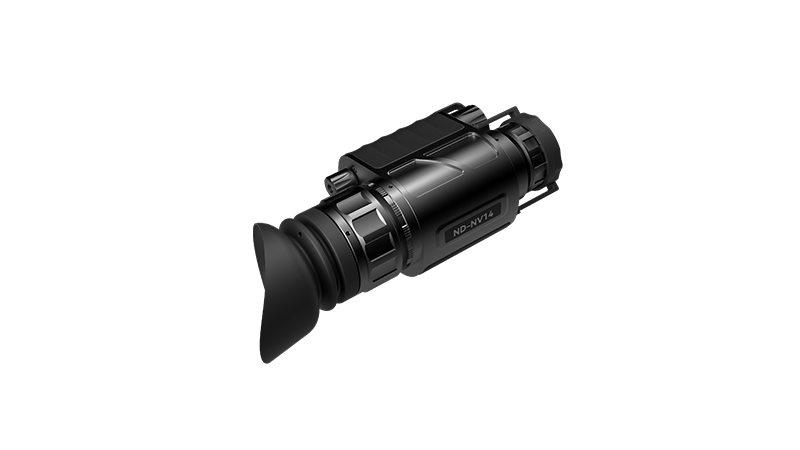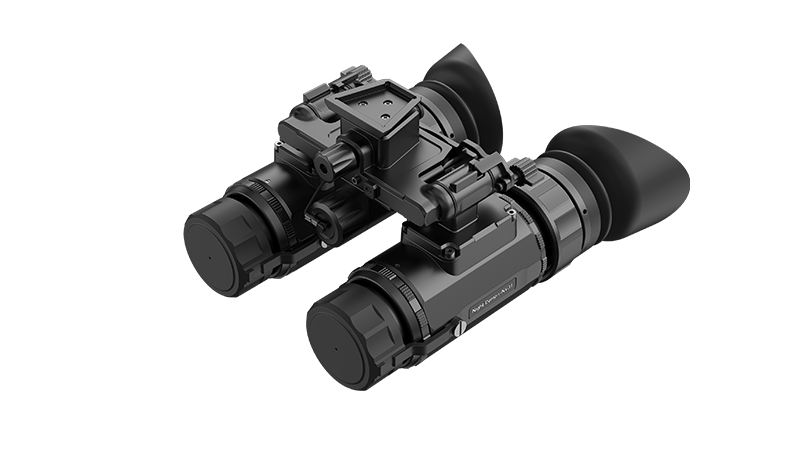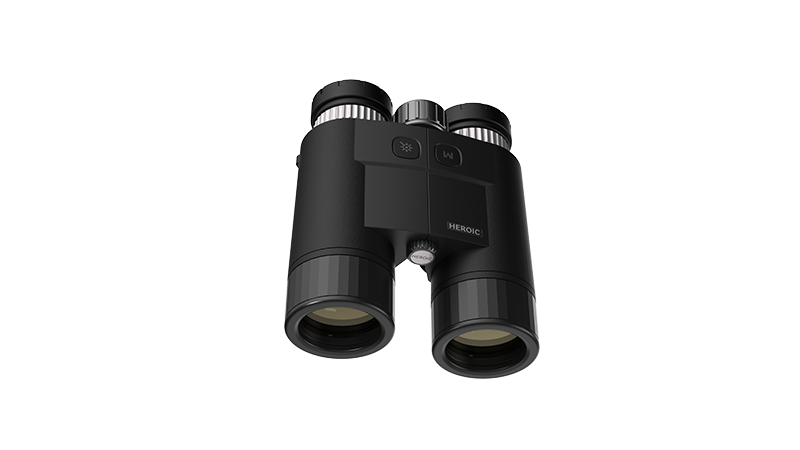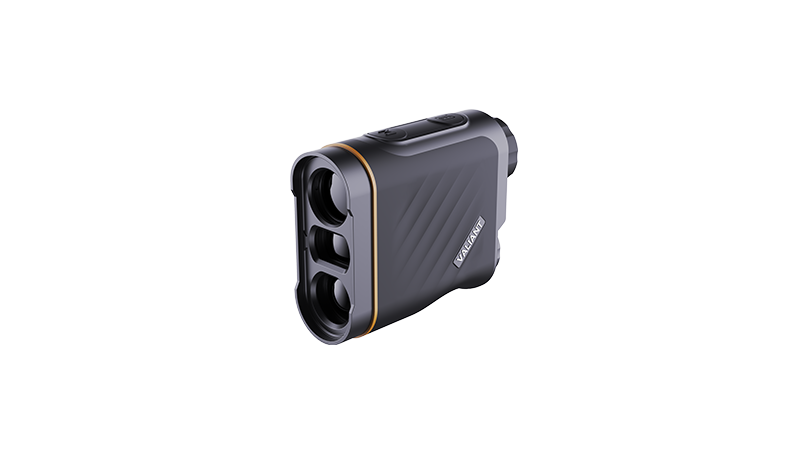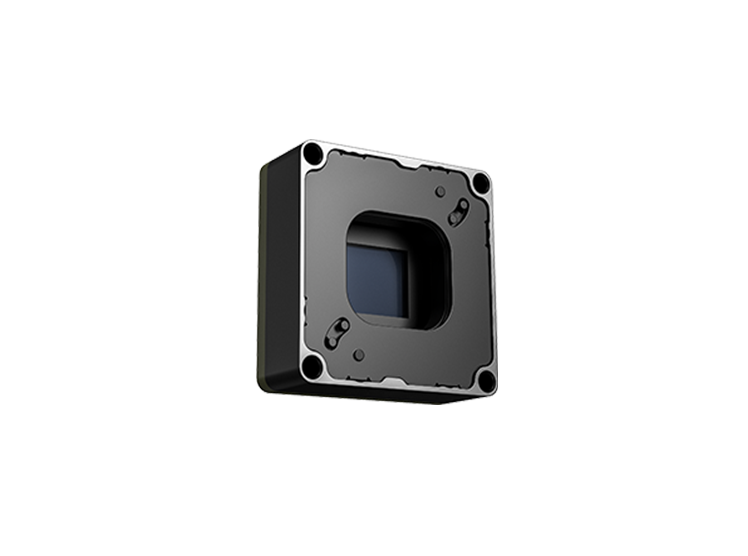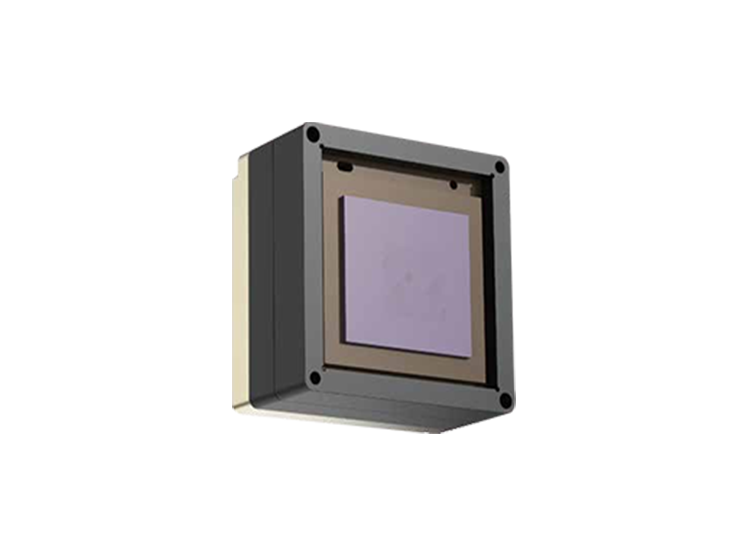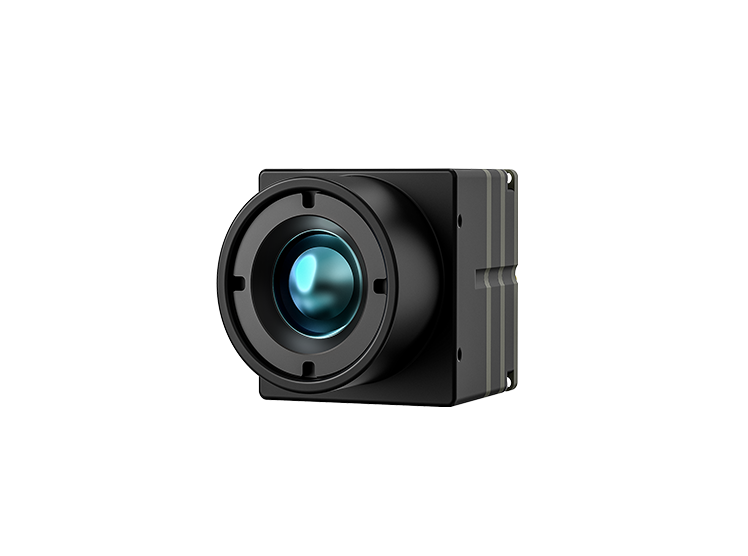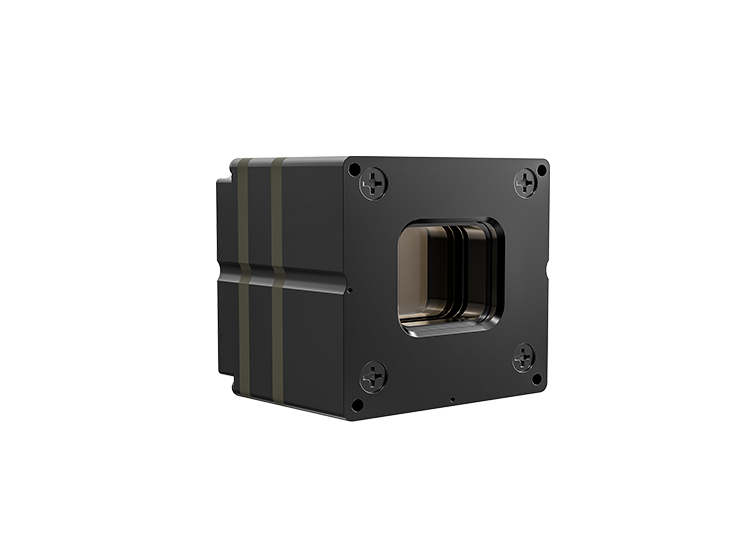Best Practices for Using Thermal Monoculars in Low Light Conditions
2025/09/10Using a hunting thermal monocular in low light conditions can significantly enhance your ability to detect and identify game. However, to maximize your effectiveness in these situations, it's essential to follow best practices that ensure optimal performance.
Understanding Thermal Imaging Technology
Before venturing into low light conditions, it’s crucial to understand how thermal imaging works. A hunting thermal monocular detects heat emitted by objects, allowing you to see in complete darkness. This technology is particularly useful for spotting animals that may be hidden or camouflaged in their environment.
When using a thermal monocular, be aware that its effectiveness can be influenced by temperature differences in the surroundings. The greater the contrast between the object and its background, the easier it will be to identify targets. Understanding this principle will help you choose the right time and location for hunting.
Adjusting Settings for Optimal Performance
To get the most out of your hunting thermal monocular, it’s important to adjust its settings based on environmental conditions. Most thermal monoculars come with various modes or settings tailored for specific scenarios. For instance, during nighttime hunts, activating a high-contrast mode may enhance the visibility of animals against a cooler background.
Make sure to familiarize yourself with the features of your monocular before heading out. Adjusting brightness and contrast can also improve image clarity, particularly in low light. Each hunting thermal monocular will have its unique settings, so take the time to understand how to optimize yours for the best results.
Practicing Stealth and Patience
While a hunting thermal monocular allows you to see in the dark, maintaining stealth is equally important. Animals can easily be startled by sudden movements or loud noises. When using your thermal monocular, practice slow and deliberate movements to avoid spooking game.
Additionally, patience is key when hunting in low light. Take your time to scan the area thoroughly. Sometimes, it may take a few minutes for your eyes—and your monocular—to adjust to the darkness. Rushing can lead to missed opportunities, so cultivate the habit of scanning slowly and carefully.
In conclusion, utilizing a hunting thermal monocular effectively in low light conditions involves understanding the technology, adjusting settings appropriately, and practicing stealth. By following these best practices, you can enhance your hunting experience and increase your chances of success. At IRVOTEX, we specialize in advanced thermal imaging solutions, including the MK-IR series thermal monocular, which boasts a Noise Equivalent Temperature Difference (NETD) of no more than 25mK. This outstanding temperature resolution allows for quick detection and accurate identification of slight temperature changes, making it an excellent tool for low light hunting scenarios.
 +86 (028) 8535 5966
+86 (028) 8535 5966 +86 17323184180
+86 17323184180 irvotex@votinfrared.com
irvotex@votinfrared.com

